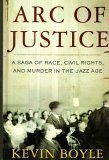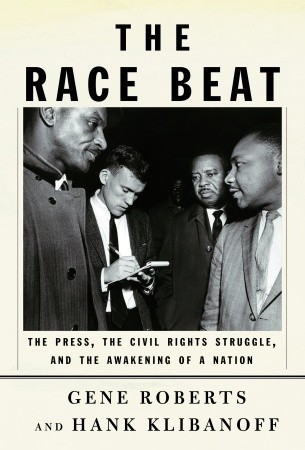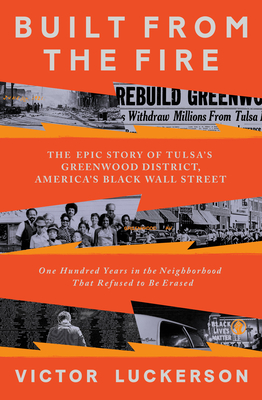
Arc of Justice: A Saga of Race, Civil Rights, and Murder in the Jazz Age
Book Description
A chilling gunshot echoes through the vibrant streets of 1925 Detroit, igniting a fierce battle over race, justice, and identity. As the city pulsates with the rhythms of jazz, tensions erupt when a young Black doctor is accused of murder, thrusting him into a world of brutal racism and societal upheaval. The courtroom becomes an arena where hope and despair clash, revealing the dark undercurrents of a nation grappling with its conscience. This is more than a legal fight; it’s a gripping saga that will redefine civil rights in America. How much is one life worth in the pursuit of justice?
Quick Book Summary
Arc of Justice by Kevin G. Boyle recounts the gripping true story of Dr. Ossian Sweet, a Black physician who moved his family into an all-white Detroit neighborhood in 1925. Facing an angry white mob intent on driving them out, Sweet and his family defended their home, leading to a nighttime exchange of gunfire and the death of a white man. The resulting murder trial became a landmark case involving prominent figures like Clarence Darrow and brought issues of race, justice, and civil rights to the forefront of national attention. Boyle weaves the courtroom drama with a nuanced exploration of America’s deep-seated racial divisions, offering crucial insight into how the fight for civil rights played out in the North, not just the South, and shaped the nation’s conscience.
Summary of Key Ideas
Table of Contents
Racial Tensions and the Great Migration
Dr. Ossian Sweet’s journey begins with his upbringing in the Jim Crow South and his hopes for a better life during the Great Migration. Seeking opportunity, many Black families, including the Sweets, moved north to cities like Detroit. However, they encountered new forms of segregation and hostility. When Dr. Sweet bought a home in a white neighborhood, it symbolized not just personal progress, but the broader Black struggle for dignity and belonging in a rapidly changing America.
The Battle for Homeownership and Dignity
Upon moving into their new home, the Sweets faced immediate animosity from white neighbors. Over several tense nights, crowds gathered outside their house, hurling threats and rocks. The family and friends inside feared for their lives. The situation escalated on September 9, 1925, when shots were fired from the Sweet home after the mob attacked, leaving one white man dead. This tragic event thrust Dr. Sweet, his family, and his supporters into a legal and social firestorm, with the fate of their freedom and future uncertain.
Mob Justice Versus the Rule of Law
The ensuing murder trial exposed the deep rift in American society. Prosecutors painted the Sweets as aggressors, while the defense, led by famed attorney Clarence Darrow, argued that they had simply defended their right to live in safety and peace. Boyle details the tense courtroom battle, expert legal strategies, and the emotional toll on all involved. The trial became a battleground not only for the Sweets, but for the principle of equal justice under law regardless of race.
The Legal Fight and the Role of Allies
The case drew national attention, galvanizing support from the NAACP and other civil rights advocates. Fundraising, advocacy, and legal support coalesced around the Sweets, making their case a touchstone for broader movements. The involvement of allies, both Black and white, highlighted the interconnectedness of the struggle for justice. Boyle explores how this collective effort helped sway public opinion and brought civil rights issues in the North into sharper focus during the Jazz Age.
The Case's Lasting Impact on Civil Rights
Ultimately, the Sweet case’s outcome—acquittals for the defendants and growing public awareness—marked a significant moment in the struggle for racial equality. Boyle underscores how the saga influenced future civil rights battles, set legal precedents for self-defense, and reflected the complexities of race, justice, and identity in America. Arc of Justice thus serves as both a dramatic true crime story and a profound reflection on the nation’s ongoing search for justice and equality.
Download This Summary
Get a free PDF of this summary instantly — no email required.





